Description
Awazu was consistently considered among the upper echelon of Japanese graphic designers throughout his career, which began in the years following World War II — a period in which he created advertising posters for cinema, including work on lesser-known films for studio Nikkatsu.
At the Japan Advertising Art Exhibition in 1955, he received the Japan Advertising Artists Club Award for his poster “Give Back Our Sea,” which featured the image of a disgruntled fisherman and largely established him as a designer and an advocate of social causes. Three years later, he claimed the Grand Prix at the World Film Poster Competition in France.
Over the next two decades, Awazu’s work went against Japanese modernism and was largely influenced by pop culture. His expertise varied and included urban design and film and theater projects, for which he often partnered with other creators. In 1969, he won a Japan Academy Award for art direction for the film “Shinju Tenno-Amijima (Double Suicide at Tenno-Amijima).” Overseas acclaim came with the posters “Double Suicide” and “Anti-War,” which won the Silver and Special Prizes, respectively, at the International Poster Biennial Exhibit in Warsaw, Poland in 1970.
Awazu collaborated with architect Minoru Takeyama on the Nibankan building (1970) in Tokyo’s entertainment district of Kabukicho. “He was an extremely impressive man,” said the architect in an interview with The Tokyo Reporter about his first impressions of Awazu, whose relationship Takeyama began when the artist was teaching at Musashino Art University in the late 1960s.
The eight-floor Nibankan, which housed numerous bars, clubs, and saunas, featured a “supergraphic” of red, yellow and white lines and concentric circles splashed across its concrete and metallic-sheeted sides. The concept was for the paint to be cheap and replaced roughly every five years with a new design, a reflection of the always mercurial nature inherent within Kabukicho. Today, the building is largely closed with its exterior in state of disrepair.
The use of a graphic designer in such a joint effort was truly a breakthrough for that period, said Takeyama. “Back then nobody asked a graphic designer to paint the sides of a building,” he said. Charles Jencks’ 1977 book “The Language of Post Modern Architecture” featured Nibankan on its cover.
Born in Tokyo in 1929 and a graduate of Hosei University, Awazu was self-taught in painting and design. After working independently since 1959, the consulting and production office Awazu Design Room was established in 1988 in Kawasaki City, Kanagawa Prefecture. Between 1997 and 1998, four national art museums in four cities in Poland displayed a grand retrospective of his works.

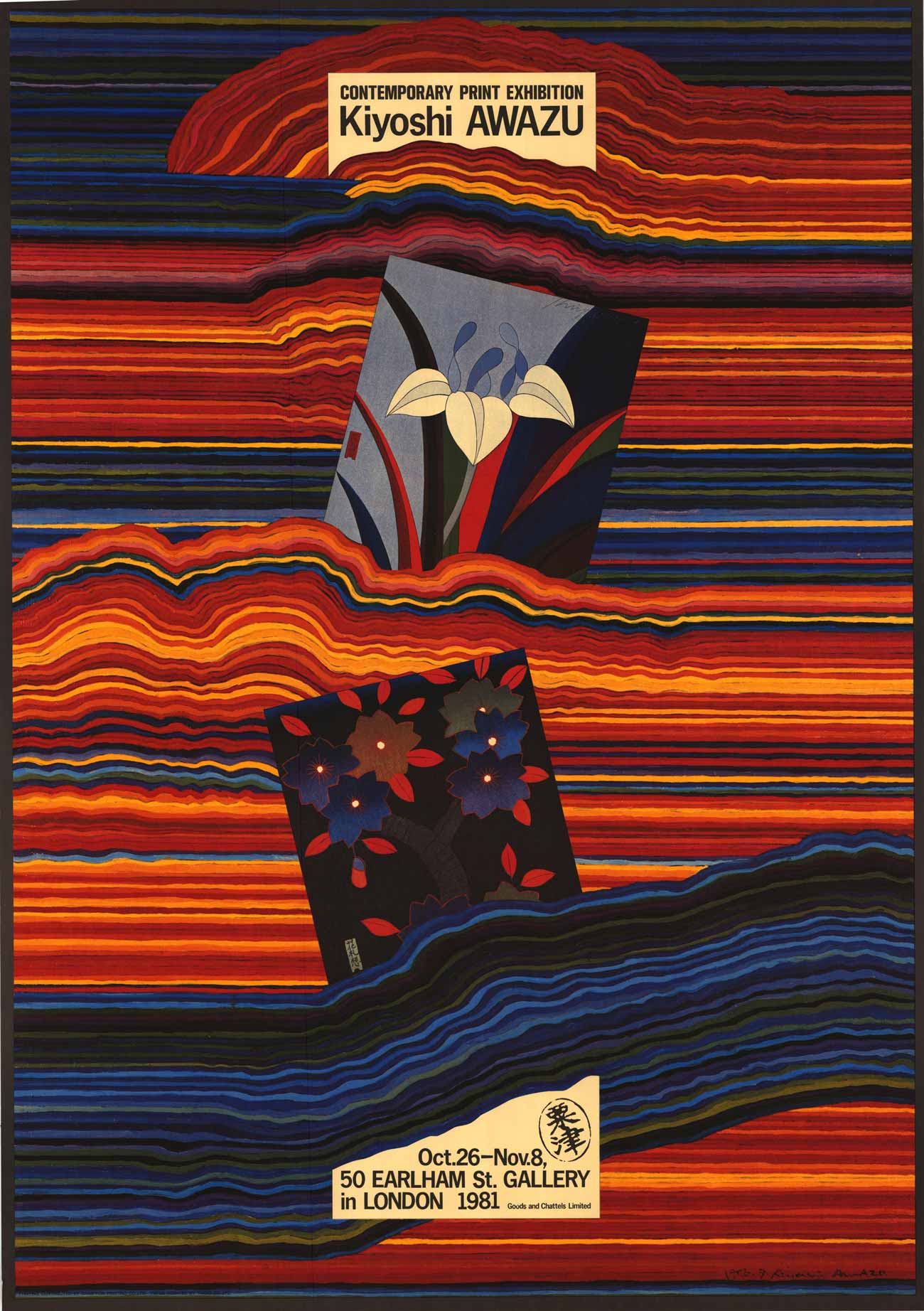
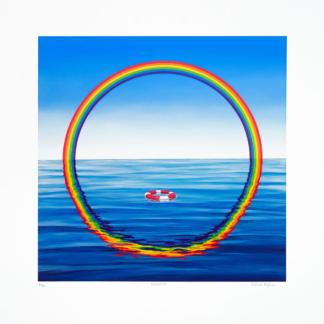
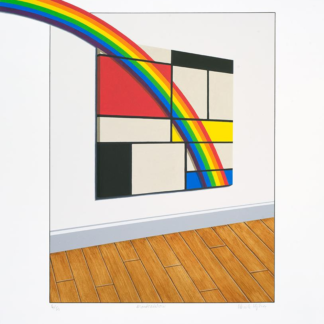
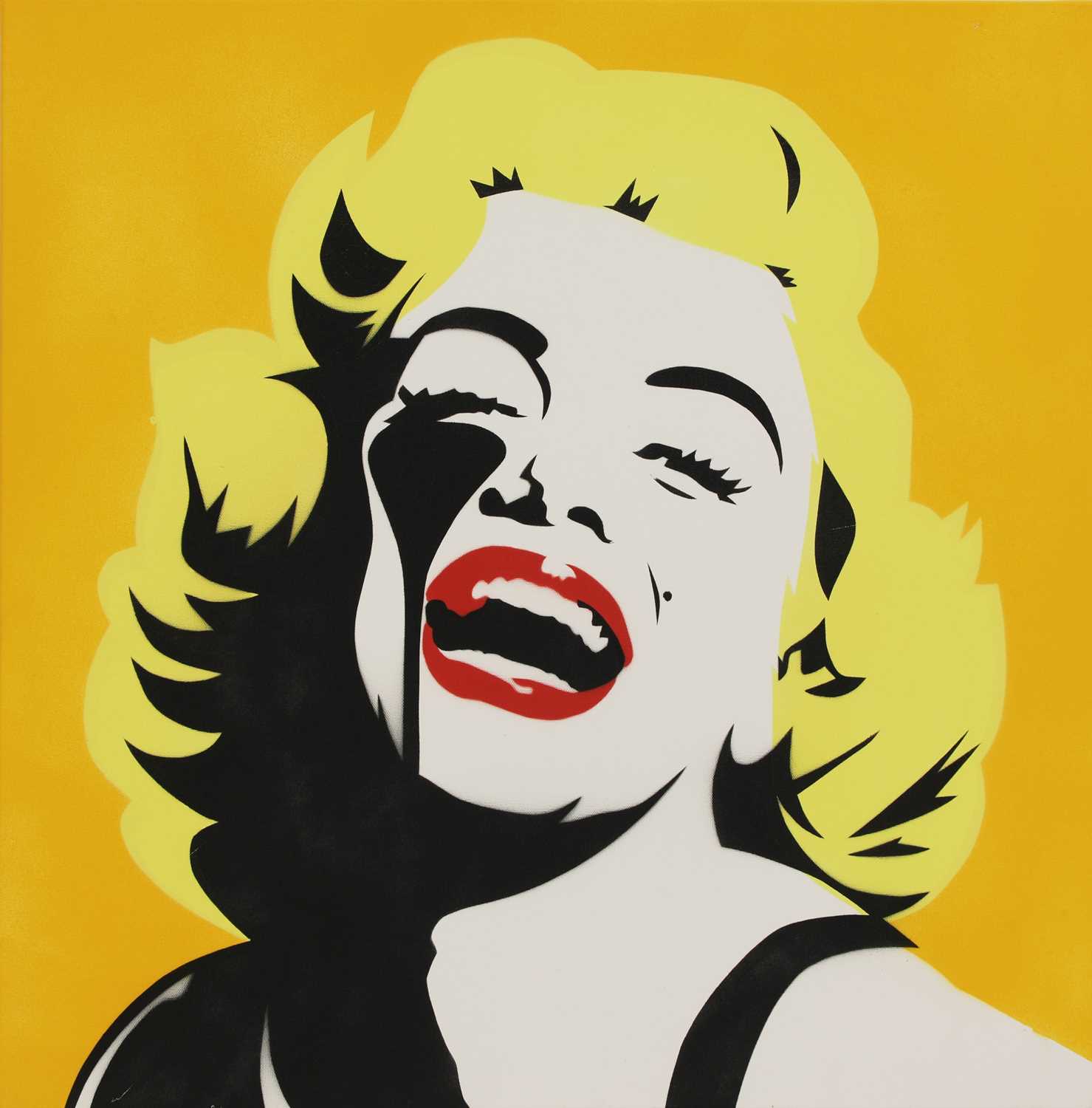
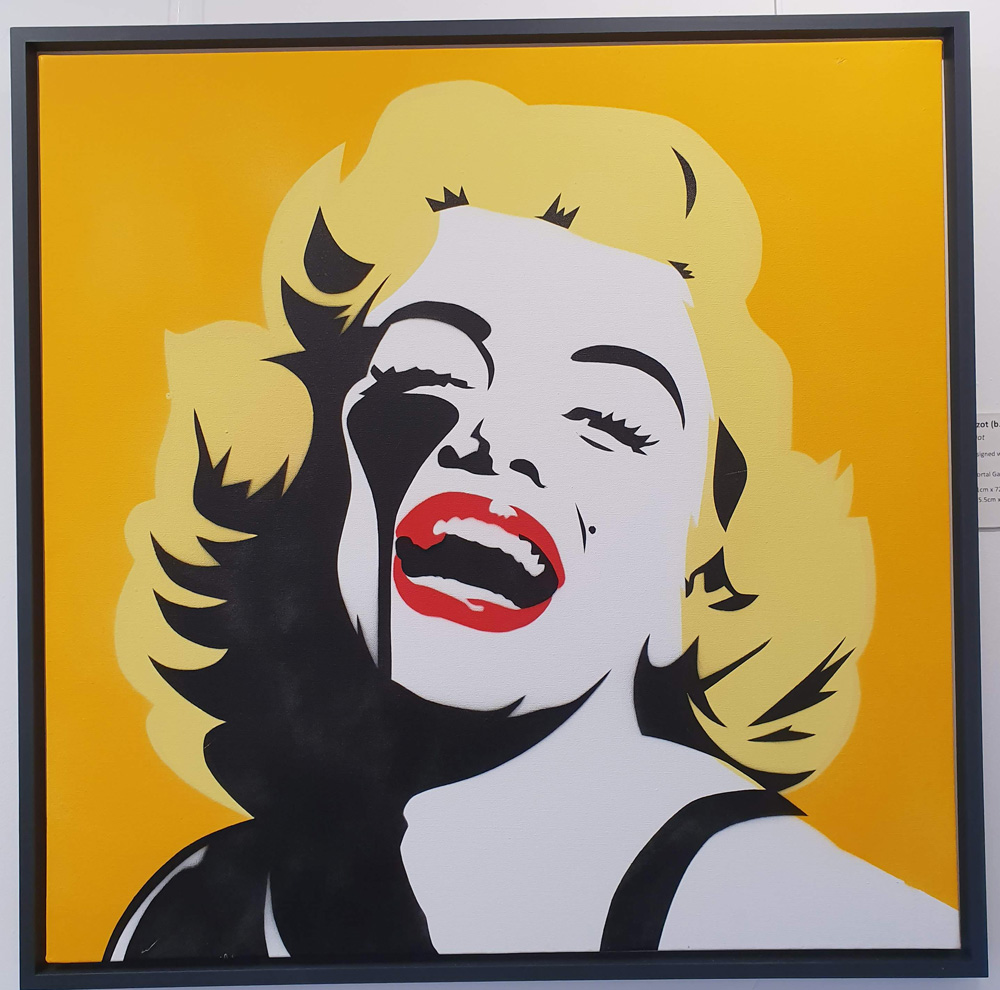

Reviews
There are no reviews yet.